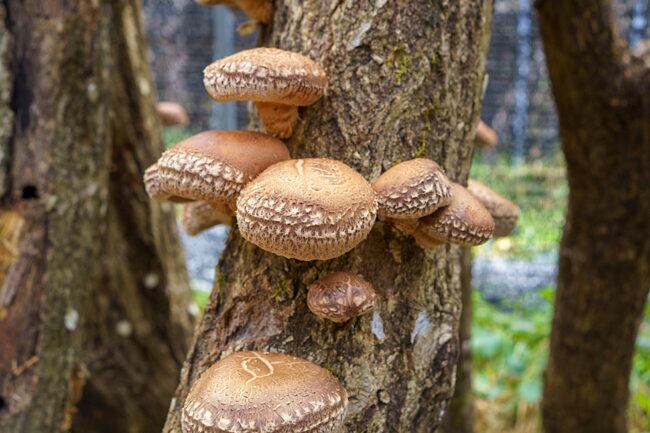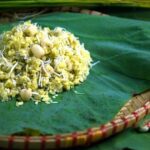High blood fat, or hyperlipidemia, is a condition characterized by elevated levels of bad cholesterol (LDL) or triglycerides, or both, in the blood. This disorder can lead to lipid metabolism disorders, increasing the risk of retinal lipid disorders, fatty liver, atherosclerosis, and cardiovascular and cerebrovascular diseases.
According to the World Health Organization (WHO), the prevalence of hyperlipidemia in Vietnam is rising rapidly, especially among individuals aged 35–44. Recent statistics from the National Institute of Nutrition reveal that over 29% of Vietnamese adults suffer from dyslipidemia, with urban residents accounting for nearly 50%. Worryingly, the number of people with this condition is increasing, but they often show no unusual signs or symptoms. However, hyperlipidemia is typically detected during periodic health examinations, lipid profile tests, or when seeking treatment for other conditions.

According to PGS.TS.BS Huynh Wynn Tran, both underweight and overweight individuals are at risk of hyperlipidemia. Photo: Illustration
PGS.TS.BS Huynh Wynn Tran (original name: Tran Huynh), from Wynn Medical Center in the US, stated that hyperlipidemia can affect both underweight and overweight individuals. “Don’t assume that only overweight people have high blood fat. To accurately determine if someone has this condition, a lipid profile test is necessary to measure the levels of bad cholesterol and triglycerides in the blood. I have encountered many small-framed and underweight individuals who were shocked to discover extremely high lipid profile test results. In some cases, their lipid levels were already in the stroke-risk range,” said Dr. Wynn Tran.
Mushrooms May Help Lower Blood Fat and Prevent Cardiovascular Diseases, But They Must Be Consumed Properly
Dr. Wynn Tran has received inquiries from many people asking if consuming various types of mushrooms can help reduce hyperlipidemia. “There are numerous kinds of mushrooms, but only oyster, white button, and shiitake mushrooms can aid in lowering blood fat and protecting cardiovascular health”, asserted Dr. Wynn Tran.
Dr. Wynn Tran cited the case of Akira Endo, a young Japanese scientist with a passion for mushroom research and a keen interest in incorporating this vegetable into nutrition.
In 1966, Akira Endo traveled from Japan to the United States to investigate the relationship between mushrooms and cholesterol. His research led to the discovery of statins in shiitake mushrooms, which are effective in lowering blood fat. However, extracting the medication from mushrooms was complex, and it wasn’t until 1985 that a researcher at the University of Rochester succeeded in synthetically producing statins from various substances, paving the way for their large-scale production worldwide and significantly benefiting patients.

Shiitake mushrooms contain compounds that help reduce high blood fat. Photo: Illustration
In addition to statin medication, Dr. Wynn Tran recommends modifying your diet to reduce hyperlipidemia and prevent the condition. This includes limiting animal fats and prioritizing plant-based fats, fatty fish, and olive oil to ensure adequate nutrition while decreasing bad fats and increasing good ones. Consuming more vegetables and fruits is essential for a well-functioning digestive system, gradually eliminating bad fats from the body. Regular exercise is crucial, as it helps burn bad fats and lowers the risk of developing the disease.
“When it comes to eating mushrooms to lower blood fat, stick to oyster, white button, and shiitake mushrooms. Shiitake mushrooms, in particular, are nutrient-rich, containing not only fat-reducing compounds but also high levels of zinc, vitamin D, polysaccharides, terpenoids, sterols, and lipids, which boost immunity, lower cholesterol, and possess anti-cancer properties,” shared Dr. Wynn Tran.
However, Dr. Wynn Tran cautioned against consuming mushrooms daily. Instead, they should be consumed in moderation and combined with other foods to ensure a balanced diet. Moreover, as mushrooms tend to absorb chemicals and preservatives, it is essential to purchase them from reputable sources, clean them thoroughly, and cook them properly before consumption to ensure safety.
The Secret to Fluffy, Voluminous Eggs: A Simple Trick to Double Your Breakfast Delight
The humble fried egg is a favorite among many, especially children. A simple dish, yet so versatile and satisfying – just a couple of eggs, a dash of seasoning, and a quick 5-minute fry is all it takes. The golden, runny yolks are a delight, whether paired with toast, plain rice, or even sticky rice. A true comfort food, fried eggs are a quick and easy way to brighten up any meal.



































